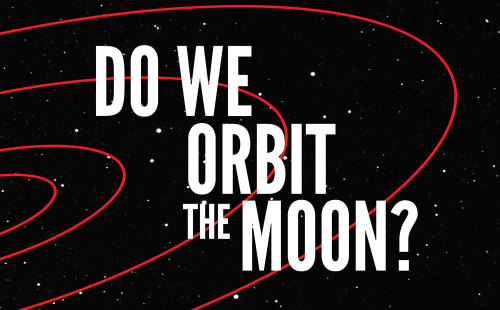jtotheizzoe:In last week’s episode of It’s Okay To Be Smart, I talked about why the moon orbits the
jtotheizzoe:In last week’s episode of It’s Okay To Be Smart, I talked about why the moon orbits the Earth. If you haven’t watched it yet, give it a look. I’ll wait.There’s some pretty interesting astrophysics keeping the moon orbiting Earth and not getting gobbled up by the sun, eh. But I left one thing out of that video. The moon doesn’t really orbit the Earth. Strictly speaking, the moon and the Earth orbit each other. Just like the Earth exerts a gravitational force on the moon, the moon and its mass are “tugging” right back on us. As a result, the two bodies are actually orbiting a point in between, called the barycenter.If you’ve ever watched pairs figure skating, you’ve seen this in action. When spinning through this move, called a “death spiral”, the two skaters are actually rotating around a barycenter in between their two centers of mass:This is true of any two orbiting objects, whether it’s a pair of binary stars, a planet and its star, or a planet and its moon(s). You can think of it just like a playground see-saw, with the masses and distance between the two orbiting objects determining where the “balance” point is. The Earth/Moon barycenter is about 1,700 km beneath the crust:Jupiter, despite being more than five times farther from our central star than Earth is, is so massive that its barycenter lies outside of the Sun:The Earth-Sun barycenter, on the other hand, is effectively in the center of the sun. Our mass is just peanuts compared to that of that huge burning ball of hot gas:When two orbiting bodies have similar masses and are relatively close to each other, it can be tough to figure out who’s orbiting whom. This is one reason that some astronomers think Pluto and its moon Charon are more of a double-dwarf-planet system:Scientists use the see-saw physics of barycenters to study planets in distant solar systems, observing these wobbly waltzes to discover planets that we can’t see with telescopes.The dig deeper into this cool bit of astrophysics, check out this article from my friend Chris Crockett. And cue the Dead or Alive… -- source link
Tumblr Blog : itsokaytobesmart.tumblr.com
#space#science#astrophysics#physics#nasa



